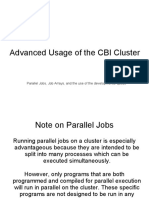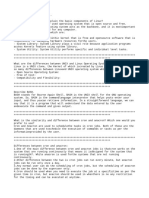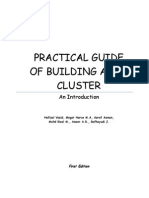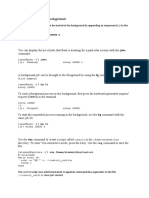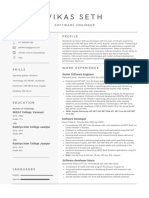0% found this document useful (0 votes)
59 views22 pagesUsing A CPU Farm
This document provides information about CPU farms and how to use them. A CPU farm consists of a front-end machine where users log in, disk storage, and multiple farm nodes that do processing work. Jobs are submitted from the front-end using commands like qsub and can be monitored with qstat. The local disks on nodes should be used for temporary files to reduce network usage. Scheduling many jobs requires scripts and cronjobs to control resource usage.
Uploaded by
irzelindoCopyright
© © All Rights Reserved
We take content rights seriously. If you suspect this is your content, claim it here.
Available Formats
Download as PDF, TXT or read online on Scribd
0% found this document useful (0 votes)
59 views22 pagesUsing A CPU Farm
This document provides information about CPU farms and how to use them. A CPU farm consists of a front-end machine where users log in, disk storage, and multiple farm nodes that do processing work. Jobs are submitted from the front-end using commands like qsub and can be monitored with qstat. The local disks on nodes should be used for temporary files to reduce network usage. Scheduling many jobs requires scripts and cronjobs to control resource usage.
Uploaded by
irzelindoCopyright
© © All Rights Reserved
We take content rights seriously. If you suspect this is your content, claim it here.
Available Formats
Download as PDF, TXT or read online on Scribd
/ 22






















